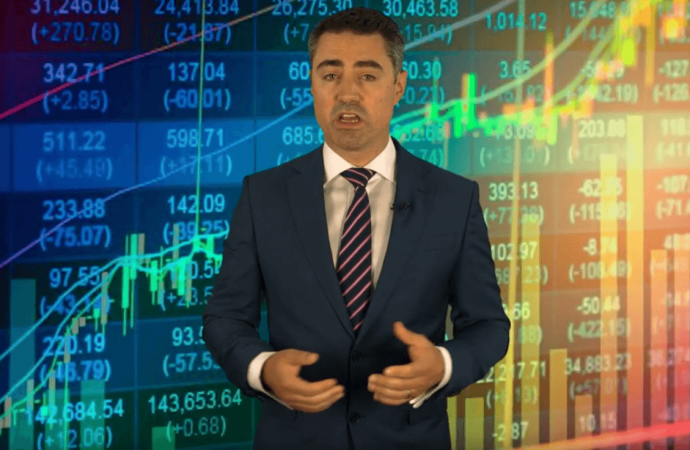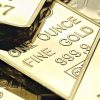Everything in markets right now is priced for a rollback in rate hikes from central banks.
There is good reason for this, the speed and intensity of hikes have been on a scale not seen since the 80s’ and the full effect of the movements in 2022 is not yet known some want to see the effects.
There are signs that their impact is starting to trickle down into rate-sensitive areas.
Construction work and future works are slowing, discretionary spending is declining even with the festive season coming and industrial metals and bulk materials are turning.
However, as FOMC Governor Chris Waller made clear in his speech in Sydney last week, ‘Markets need to calm down…’One piece of data does not mean the job is done (alluding to the last CPI print).
He also alluded to the fact the increase in equities, for example, was making the Fed’s job all that much harder as it increases financial conditions (the wealth effect) – something the Board very much wants to dampen.
This was echoed State-side when New York Fed president John Williams stated that the Fed needed to remain focused on its economic goals and avoid integrating financial instability into its deliberations perfectly summarised here: “using monetary policy to mitigate financial stability vulnerabilities can lead to unfavourable outcomes for the economy…monetary policy should not try to be a jack of all trades and a master of none.”
Even San Francisco Fed president Mary Daly a ‘mild’ hawk stated that a pause in the tightening cycle is not on the discussion table, and a 4.75%-5.25% Fed rate is reasonable.
Yet the market is positioned for everything to be rolled back and the whole recession/inflation vortex to be over sooner rather than later.
This is overly optimistic and is likely to fail.
This can explain why the USD has started to plateau against major peers EUR, CAD and AUD after a few weeks of easing.
EUR/USD fell to the lower end of $1.03. Sterling was lower to a high of $1.18 and eased back to the lower end of $0.66 we are still well off the lows of 2 weeks ago. But there is no doubt the USD is asking questions about the market getting ahead of itself.
The only pair still following the trend is USD/JPY at ¥140.20 its link to US real yields is as strong as ever. With a possible recession on the cards in early 2023, long date bonds should
see yields falling and thus this pair falling further – but it’s the only one with a clear
fundamental backing.
Because when you see comments like this from ECB President Lagarde: withdrawing accommodation may not be enough” raising rates to levels that bring inflation back down to its medium-term target in a timely manner" suggests they might now be rolling back at all, and the market is out of whack with reality.







 Access +10,000 financial
instruments
Access +10,000 financial
instruments

